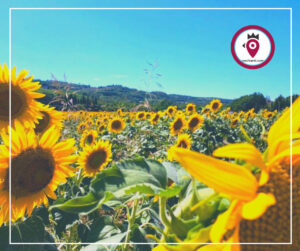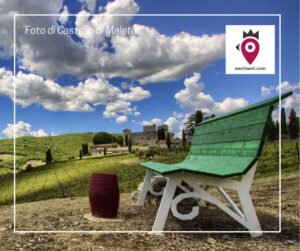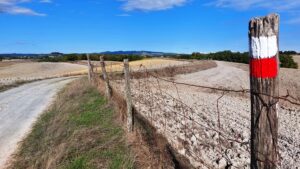Articolo disponibile anche in: Italian
In 2017 Tuscany received 100 million tourists. A record that is likely to be broken this year if the projections – that speak of a further 2 million visitors – are correct.
In 2017 the number of overnight stays in official accommodation facilities increased by 6.2% and the number of visitors by 3.8% compared to 2016 – foreign tourists (+ 4% stays, + 6.2% tourists) and Italians (+ 3.6% stays, + 6.3% tourists).
2017 has seen an all-time record: 46.3 million visitors stayed in official tourist accommodation facilities, plus 48 (estimated by Irpet) in private homes and apartments that can be booked online, and a further 3.9 million in accommodation facilities that don’t have the obligation to declare the tourist attendance figures.
In the three-year period 2015 – 2017, the tourist sector created around 15 thousand jobs in Tuscany, with standard work contracts – over 23 thousand from 2009. Between 2009 and 2017 the balance between the total amount of foreign currency spent in Italy by foreign tourists – minus the expenses of Tuscan tourists abroad – increased from 2 to 3 billion euros. In the last two years it has increased by 9%.
It has been confirmed that tourism is an important factor in Tuscany’s economy and a cushion in the employment crisis. In relation to the increased number of foreign visitors, there are three elements to highlight: the dynamism of non-European countries, the slowdown in number of tourists from Western European markets, and an increased number from the United States.
For some years now, non-European countries have been most dynamic in terms of growth: mainly Russia (+ 40.2%), Argentina (+ 18.9%), Brazil (+ 19.9%) and China (+ 13.8%); these nationalities make up 10% of the total number of visitors, but in the last ten years they’ve represented 60% of the total growth, especially when it comes to art cities and higher-end hotels.
+ 8.5% tourists have arrived from USA and Canada, their favourite destinations: Florence and the more developed rural destinations in Tuscany, mainly the area south of Siena and the province of Arezzo. Lower numbers from the Western European markets, which still represent one of the most important factors for Tuscany, making up almost a third of the total.
Fewer visitors arrived from France (-4%), Germany and Austria (-1.2%), the Netherlands and Belgium (-0.5%), with negative repercussions mainly for some seaside destinations such as Versilia and some rural destinations such as the Empolese Val d’Elsa and Montalbano, Garfagnana and Media Valle del Serchio, Valdarno Aretino, Amiata and Valdinievole. Florence and its surroundings are the favourites: in 2017 + 5.7% visitors. The performance of the provinces of Siena (+ 5.8%), Arezzo (+ 6.7%) and Livorno (+ 6.1%) was also excellent.
The Pistoia province sees a growth above the regional average, after years of decline ,(+ 4.1%) driven by the city of Pistoia and the nearby mountainous area (+ 9.1%). A similar trend also for the province of Massa Carrara (+ 6.7%), while that of Grosseto maintains the numbers of 2007 (+ 0.9%). A decrease instead for Pisa (-0.7%) and Lucca (-3.7%) after an excellent 2016 (+7.7%), while Prato sees an increase of + 3.4%.
According to a survey conducted by SL & A Turismo e Territorio on behalf of Toscana Promozione Turistica, the Tuscan tourist operators that have been interviewed expect almost 2 million more tourists in 2018. Growth is around + 4% (+ 3.3% Italian tourists and + 4.4% foreigners), with a 3.4% turnover increase.
The operators that work in the mountainous areas and coastal destinations are more positive regarding the outcome of 2018, followed by those that operate in the country areas, that bet on an increase in the number of foreign tourists.
While those who work in the cities of art, which are all time favourite destinations, are anticipating a repeat of last year’s success.


